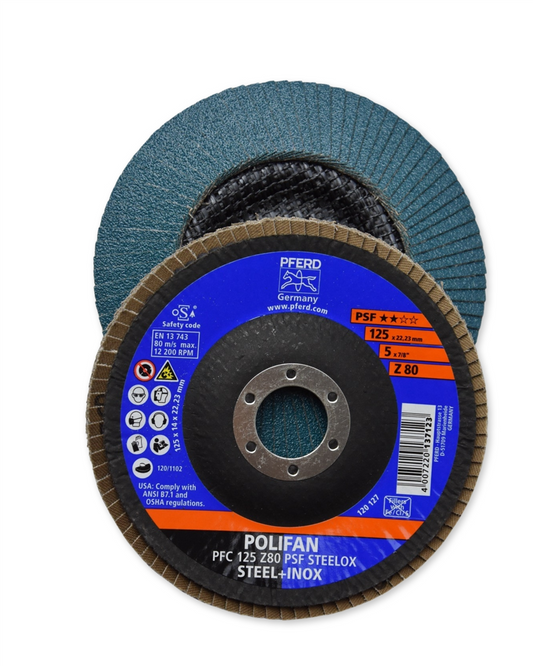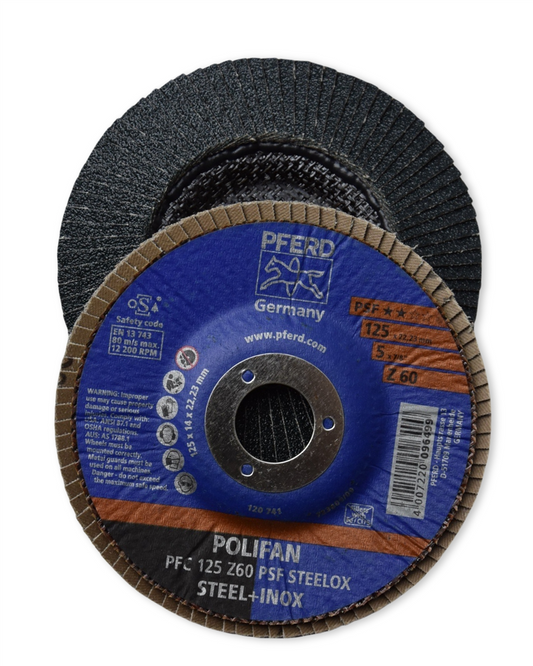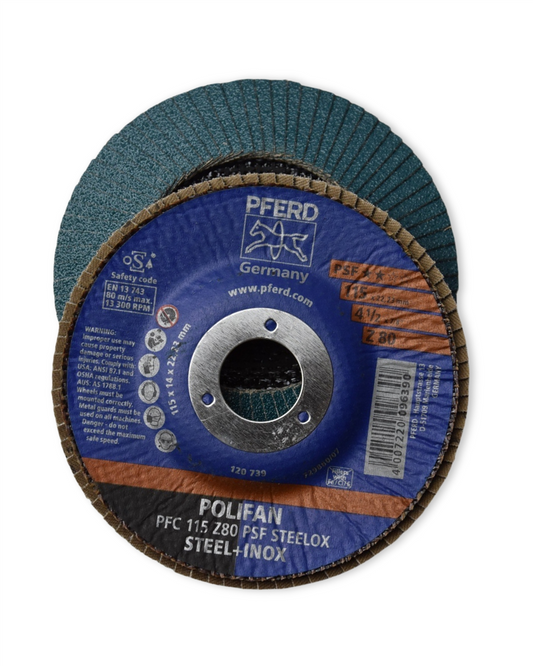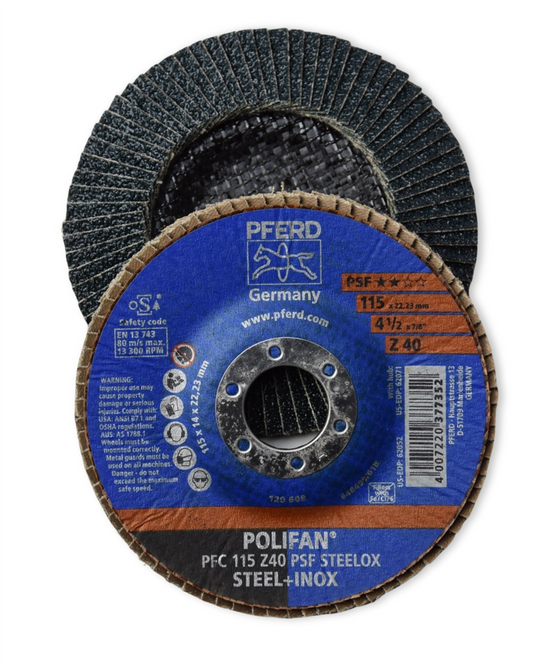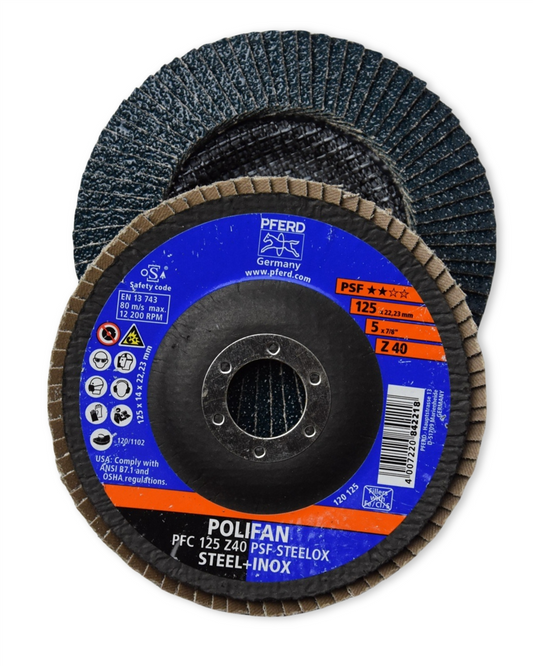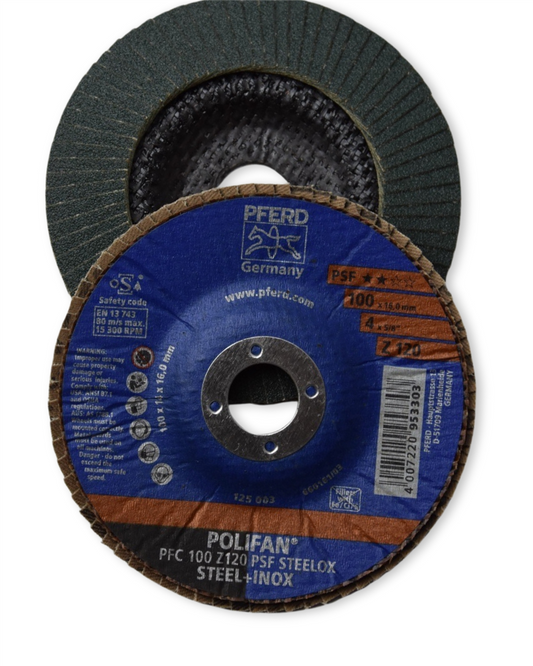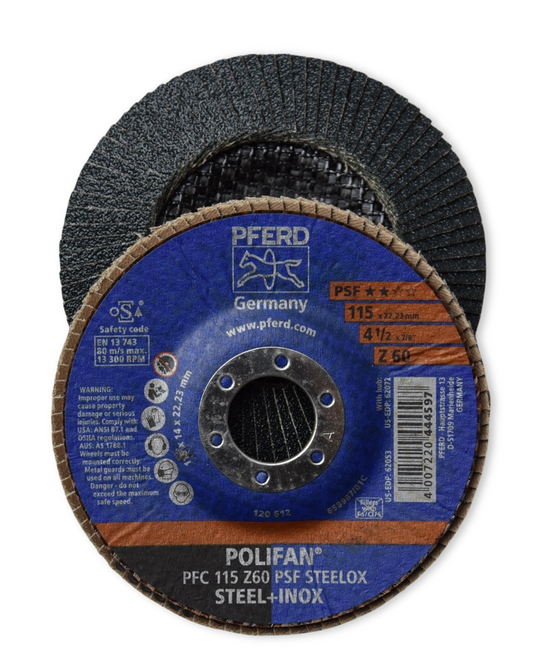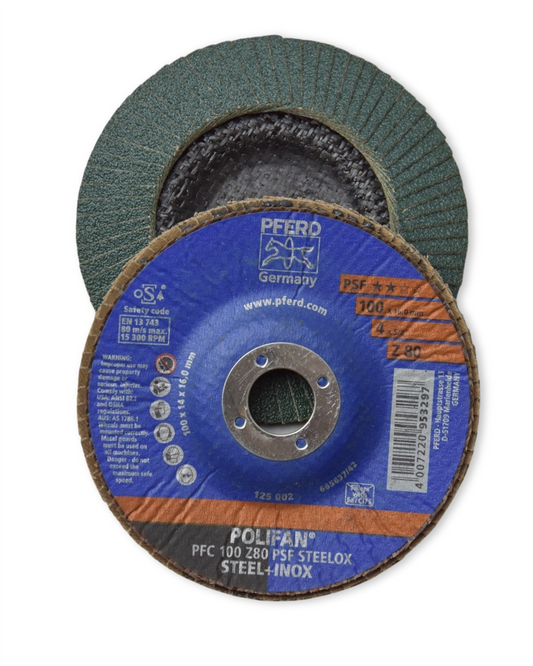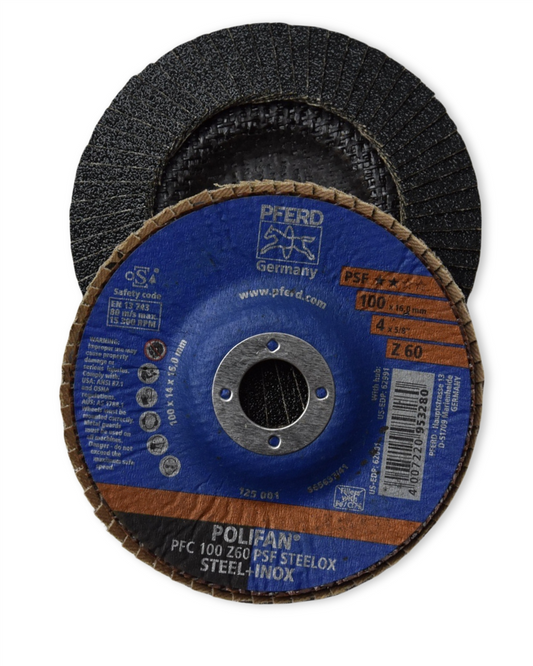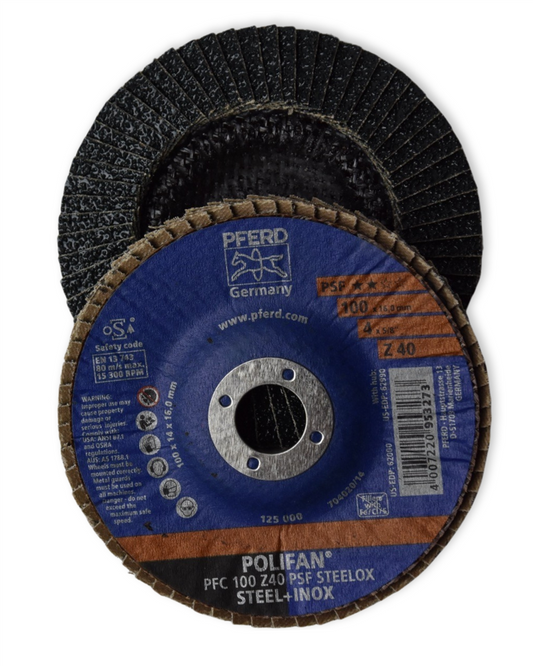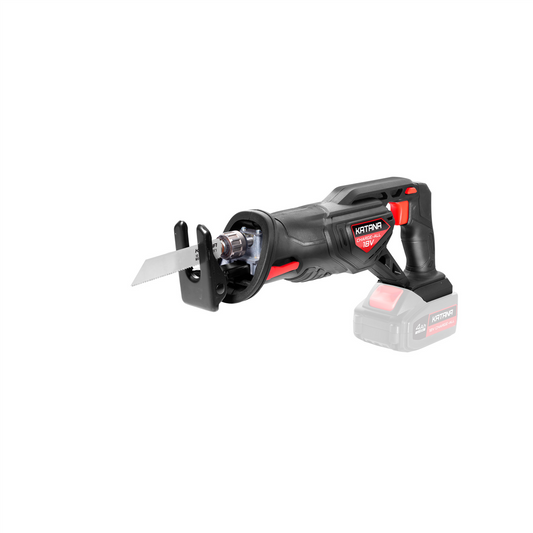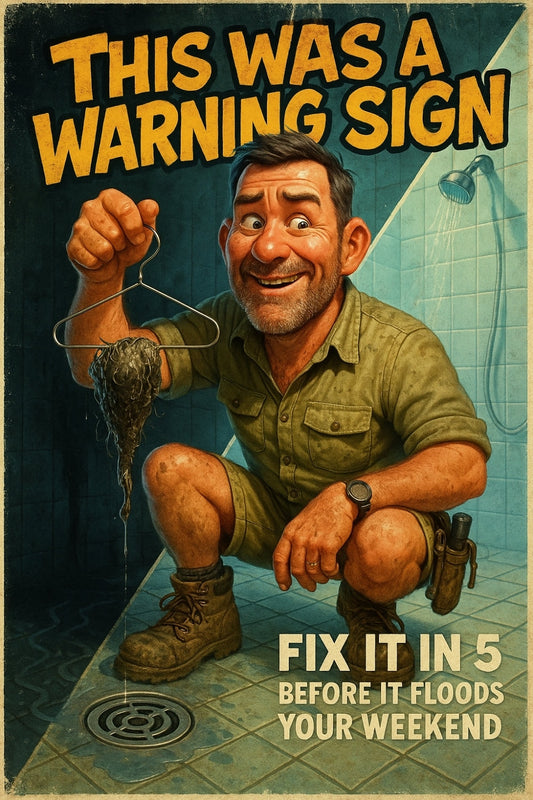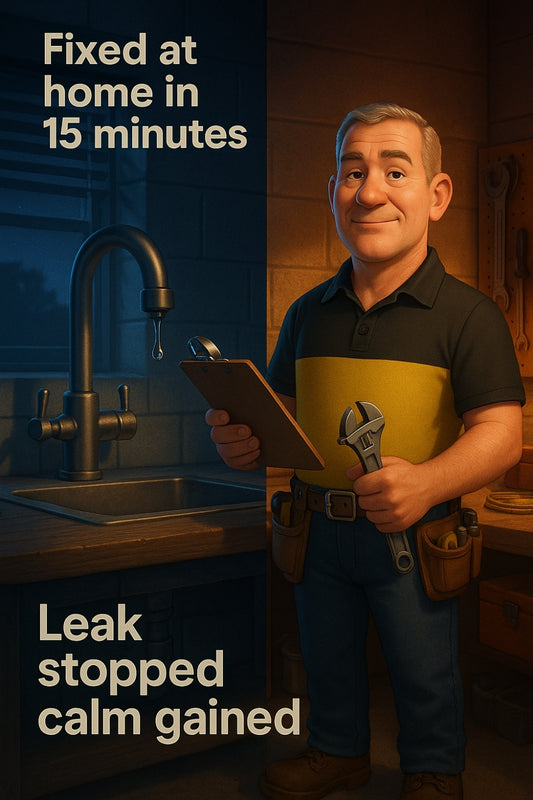If your shelves creak or lean — it’s not extra character, it’s a warning sign.
Share
Keep Your Garage Shelves in Shape — and Your Sanity Intact
You can judge a project by its shelving. If tools are balanced like Jenga pieces or boxes lean like a stiff breeze could topple them — yeah, that’s not a good sign. Well-maintained garage shelving isn’t just a “nice to have”, it’s the backbone of a smooth, stress-free setup.
What Too Many People Get Wrong
The shelves go in, they’re full, and then they vanish from thought. Until something breaks — or someone trips over that one rogue paint tin that rolled off a wobbly plank six months ago. Not ideal.
Good shelving, especially in places like rural sheds, garages and workshops, needs more love than most people give it. Changes in humidity, temperature swings, and piles of gear can take their toll faster than you expect.
Your Five-Point Maintenance Game Plan
Here’s a no-nonsense guide to making sure your shelving doesn’t buckle, warp or go walkabout when you need it most.
1. Start With a Monthly Wobble Test
Yep, literally give it a shake. Once a month, block out five minutes. Grab your shelving with both hands and give it a gentle nudge. Listen and feel for creaks, movement, or shifts. Lightweight units? They’ll shift a little — but if it’s rocking or rattling, it’s time to tighten things up.
Tip: Use a power driver and check every major screw, bolt or fixing point. A half-turn here and there can prevent a full collapse later.
2. Learn the Load Limits (Then Actually Stick to Them)
You’d be surprised how many people forget what their shelves were rated to hold. Manufacturers often provide max load info per shelf. Ignore it long enough and the damage starts quietly — bowed metal beams, cracked brackets, sagging ply.
“If the shelf looks like it’s smiling, it might be heading for a fall.” – Candeece H
Once a year, unload your shelves and inspect the surfaces. Look underneath — especially at the centre span. If the material is starting to bend like a hammock, rethink what you’re storing.
3. Watch for Rust and Rot
Garage air can be cruel — especially near the coast or during wet winters. Metal shelving frames are prime targets for rust, while timber shelves soak up moisture and swell or warp over time.
- Steel units: Wipe down exposed areas. If you spot rust, sand lightly and repaint with a rust-preventative primer.
- Timber shelves: Feel for spongy spots. If it gives under your thumb, it’s starting to rot. Seal exposed edges with a clear polyurethane for added protection.
Bonus points if you lift timber shelves slightly off the concrete floor using rubber pads or spacers. Moisture loves lurking at the base.
4. Organise by Weight
It’s tempting to chuck the esky, camping stove, and that 20-litre paint tin on the top shelf — but it’s asking for trouble. Heavy gear belongs close to the ground. Not only is that safer, it helps preserve the structural strength of upper shelves.
General rule of thumb:
- Bottom shelf: Bulky crates, liquids, heavy tools
- Mid shelf: Frequently used gear, medium-weight power tools
- Top shelf: Lightweight, seasonal stuff — garden decorations, camping chairs, Christmas lights
It’s not just about preventing collapse — it also makes everyday access smoother, with fewer awkward lifts from up top.
5. Give It a Clean-Out Twice a Year
Even the sturdiest shelving isn’t invincible. Dust, dirt, cobwebs, and random spider tenants all build up if forgotten. Every 6 months, do a proper clear-and-clean. Empty out a section, sweep off the dust, and wipe the surfaces down.
Look at what’s actually on there too. If you find three empty tins of wood stain or a box of screws from 2004? Might be time to let them go. Shelving should feel like a well-oiled machine, not an archaeological dig.
The Long Game: Set It, Forget It — Then Check Again
Maintaining garage shelving isn’t about standing guard over it like a hawk. It’s about building the habit. Set a regular reminder. Loop it into your weekend tasks. Just don’t forget about the shelf you can’t see behind all that stuff.
Even small fixes — tightening a screw, wiping down a frame, giving the tools a tidy — add up to shelves that last for decades and systems that don’t let you down when deadlines are tight and projects pile up.
“Shelving isn’t just storage. It’s peace of mind you can walk past every day.” – Candeece H
What Could Go Wrong If You Don’t?
Well — cracked backs, blown budgets and a day wasted shuffling gear around to make space that should’ve been there to begin with. Worst case? A shelf goes down, breaking gear or hurting someone. Never assume once up means forever safe.
Ask yourself this: if that shelf gave way tomorrow, what would you lose? And how much would that slow you down?
Wrap-Up
Shelves aren’t fancy. They won’t wow a real estate agent or appear on glossy flyers. But they’ll hold everything else up — literally. Treat ’em well, and they’ll stick around longer than most trades.
Stay safe, keep things tidy, and don’t let “out of sight” mean “out of maintenance”.
Happy building,
Candeece H

Stay Connected
Follow our Facebook Page: Strathalbyn H Hardware on Facebook

